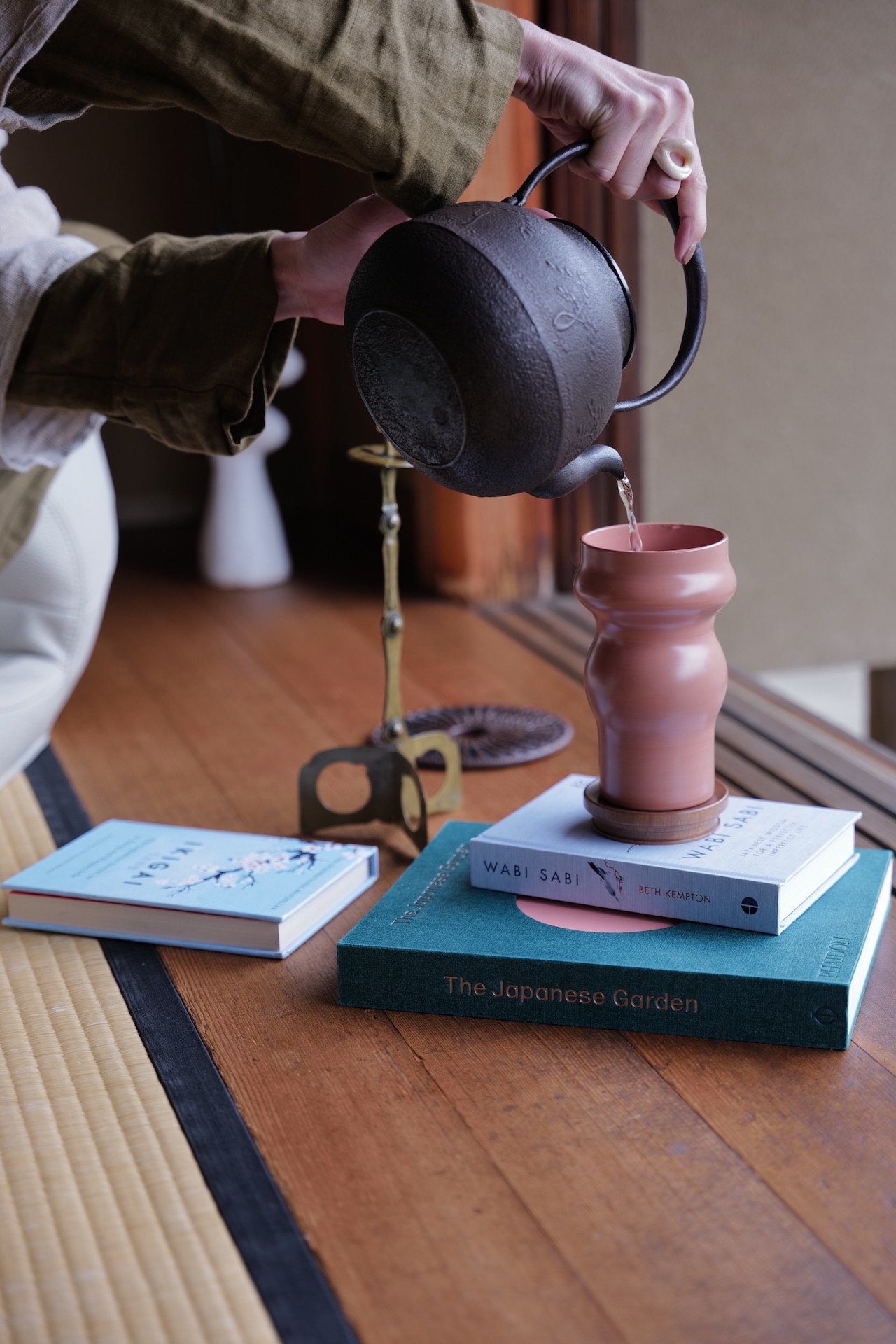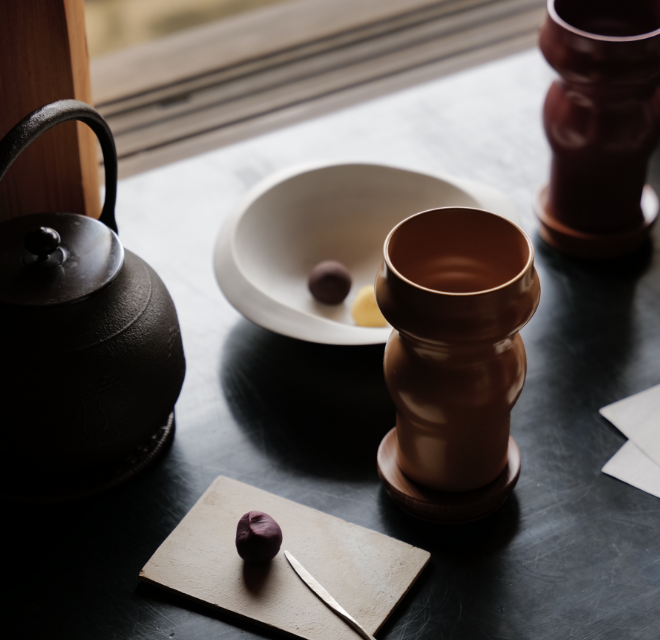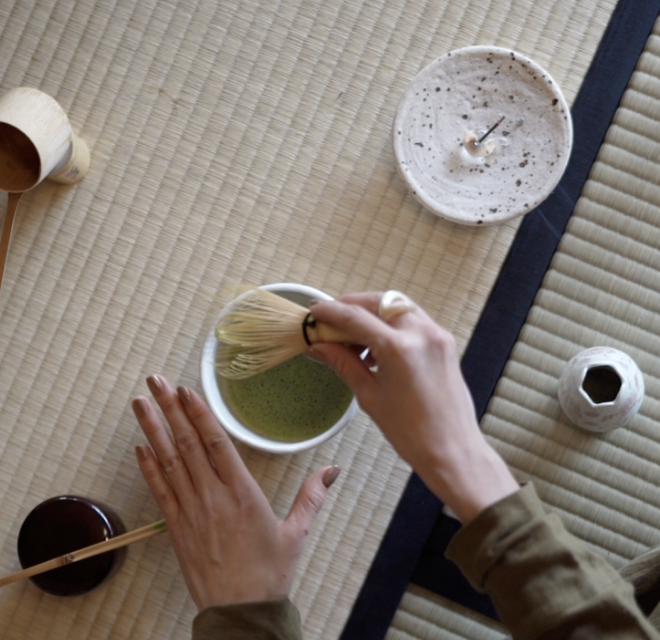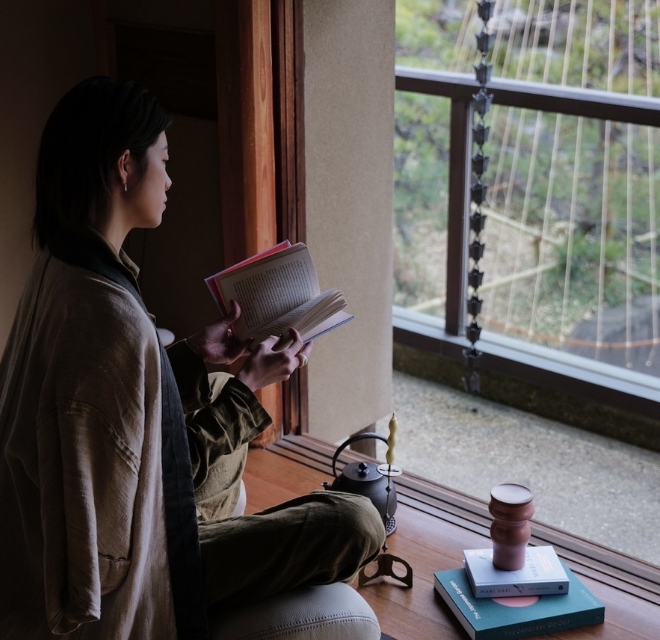When tefutefu was first founded to convey the charm of Japanese culture to the world, Noto was chosen as the starting point for the project.
Indeed, why Noto?
Blessings Of The Terrain
The Noto peninsula is located north of Ishikawa Prefecture, and is a concave shape that holds Noto island at its center while protruding out towards the Sea of Japan. This characteristic terrain is the key to the unique climate in the area. Off the coast, the intersection of warm and cold currents not only makes it the home to a variety of marine life but the heat transfer that occurs on the sea’s surface causes plentiful rainfall. The peninsula has developed its own fermentation culture due to the humidity caused by the rain and proximity to the sea.
“Wajima” lacquer is made from a lacquer that hardens with humidity. It is integral to local food culture (that includes local sake, fish, and “ishiru”, a type of local fish sauce) to the point of being certified as cultural heritage. Its unique production process is tied to the repeated natural cycles of the area and that know-how has been passed down for generations since ancient times into present day, to take form in a new product.
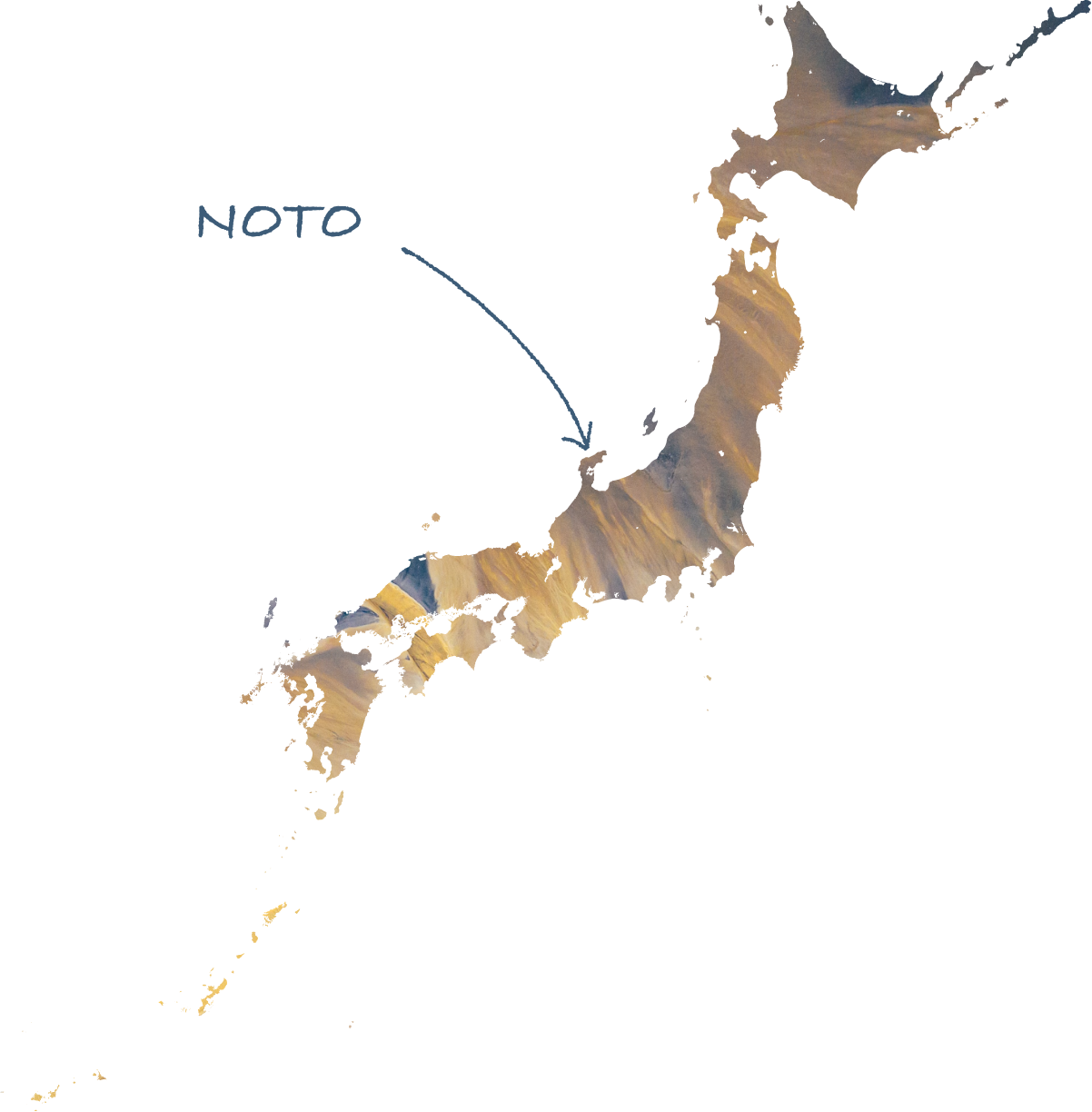
Growth In Harmony With Nature
The soil in Noto is fertile and abundant with nutrients. The indigenous forest allows nature and humans to coexist via a cycle of farming methods that are neither completely wild nor manufactured. In the beautiful terraced rice fields known as “Senmaida” overlooking the sea, original agricultural methods are set in place. As is in the sea, where the biodiversity is protected by strict caps on net fishing. As of June 2011, thanks to these mindful “Satoyama Satoumi” practices which work in balance to preserve local flora and fauna, Noto Peninsula was designated as a Globally Important Agricultural Heritage Site (GIAHS).
Origin Of Zen
In Wajima City, Sotoji So-in Temple of the Soto sect celebrates the 700th anniversary of its founding. Zen Master Dogen, the founder of the Soto sect, is credited with bringing Zen to Japan and continues to be an inspiration today. Zen teachings emphasize adapting to nature, questions the essence of life and deepens awareness of the wider universe through more sustainable living.
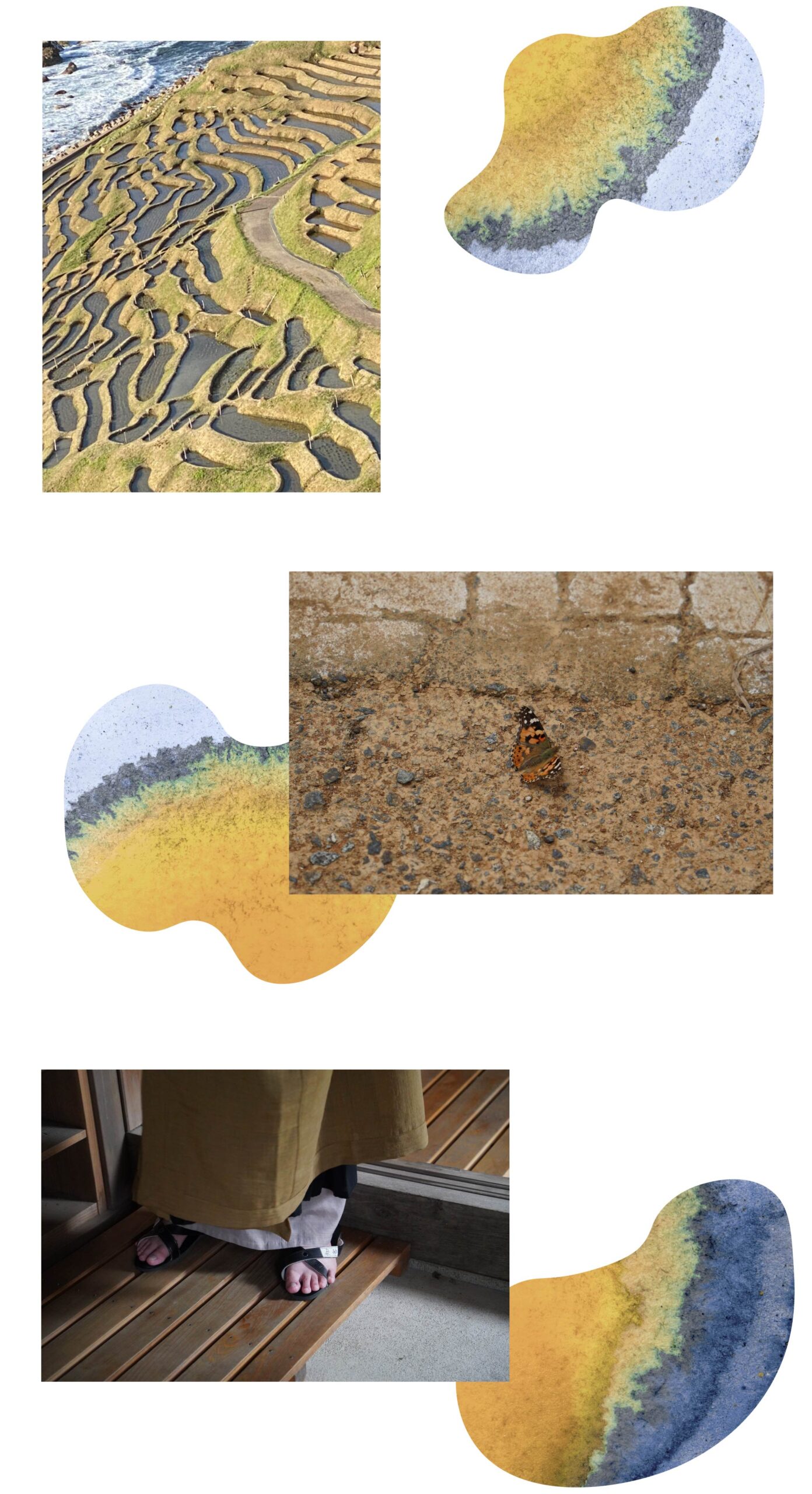
Japan, with its long history, has had many names according to historical power exchanges and divisions. “Noto” generally refers to the northern part of Ishikawa prefecture in the central Hokuriku region, which was once called “Koshi no Kuni” *. So not only the name “Noto”, but the regional indigenous culture and art have been carefully passed down through generations are continue to be preserved today.
tefutefu would like to introduce all of this richness that have been nurtured in this area with our own point of view, as well as this style of well-being that has originated here in Japan.
So indeed, why Noto?
We invite you to find out for yourself.
*translates to “the country of Koshi (read as “Yue” in Chinese)”, in reference to Yue, a kingdom in 6th century China
Photo&Design: Mammy Horie
Text: Yuka Sone Sato
Translation: Kelly Yuenh





